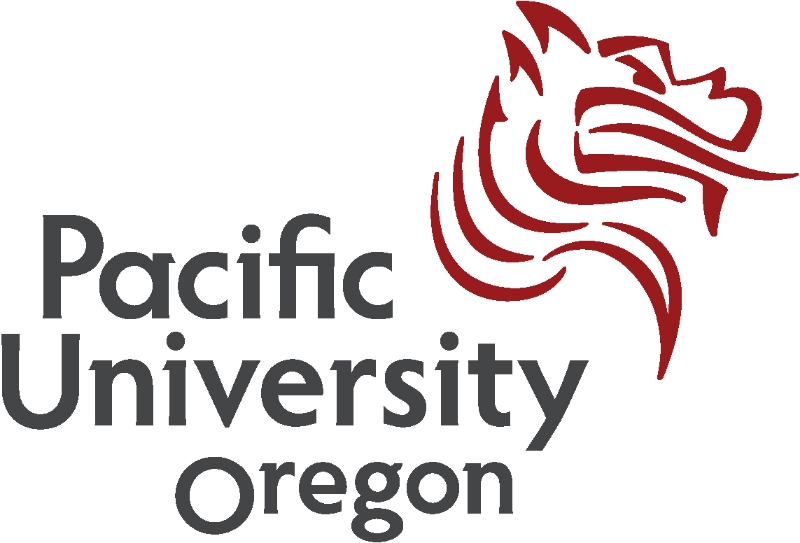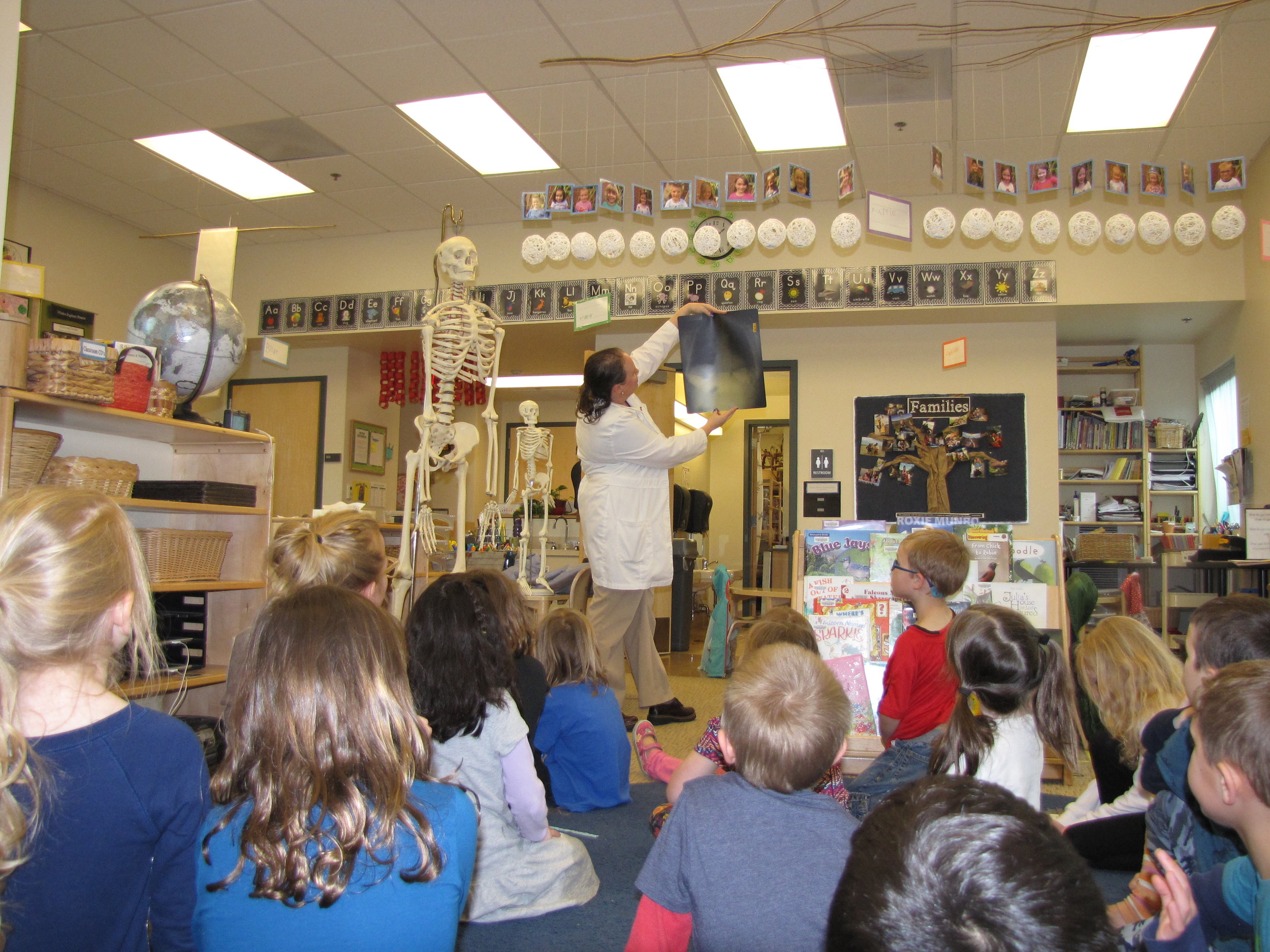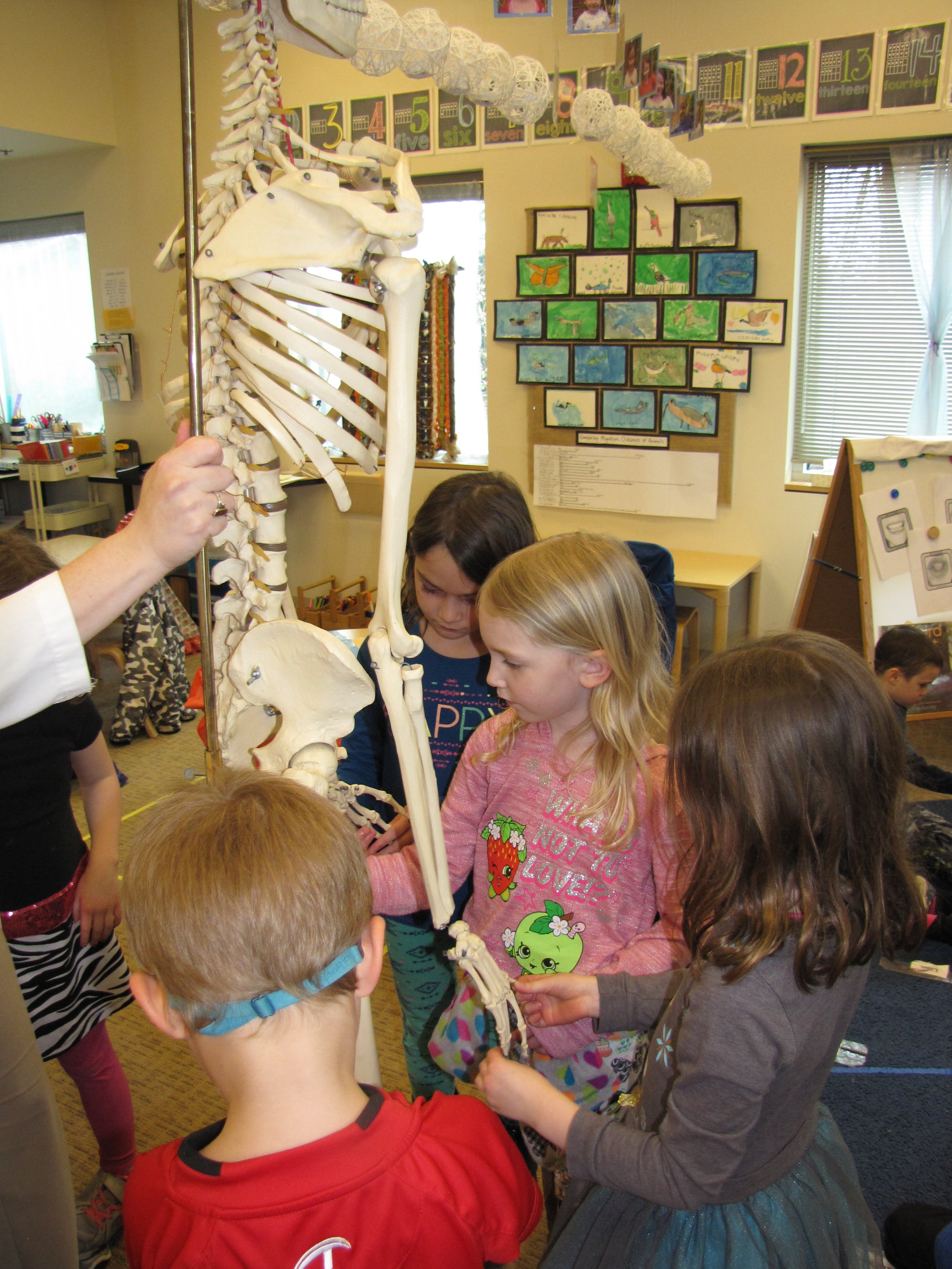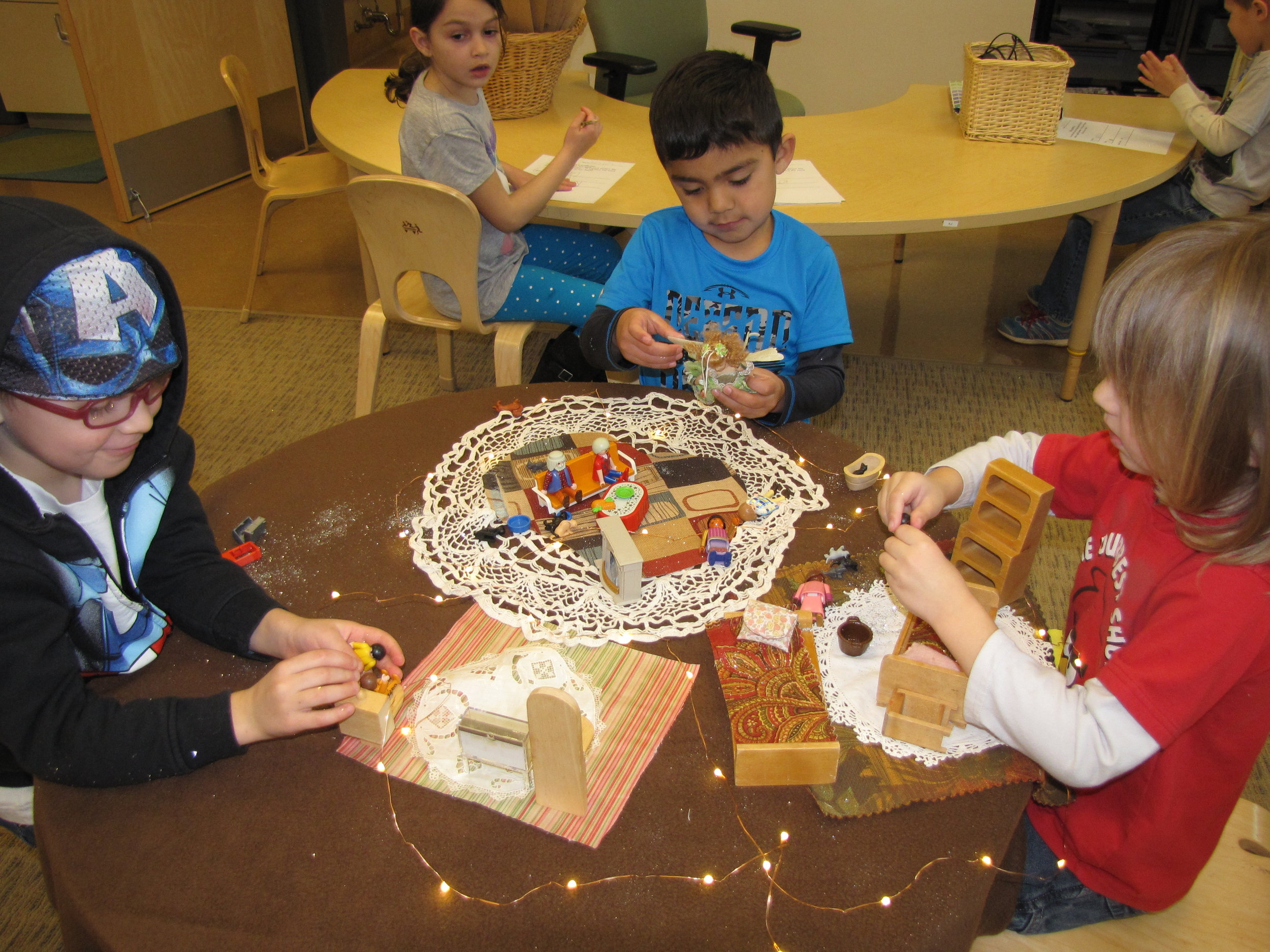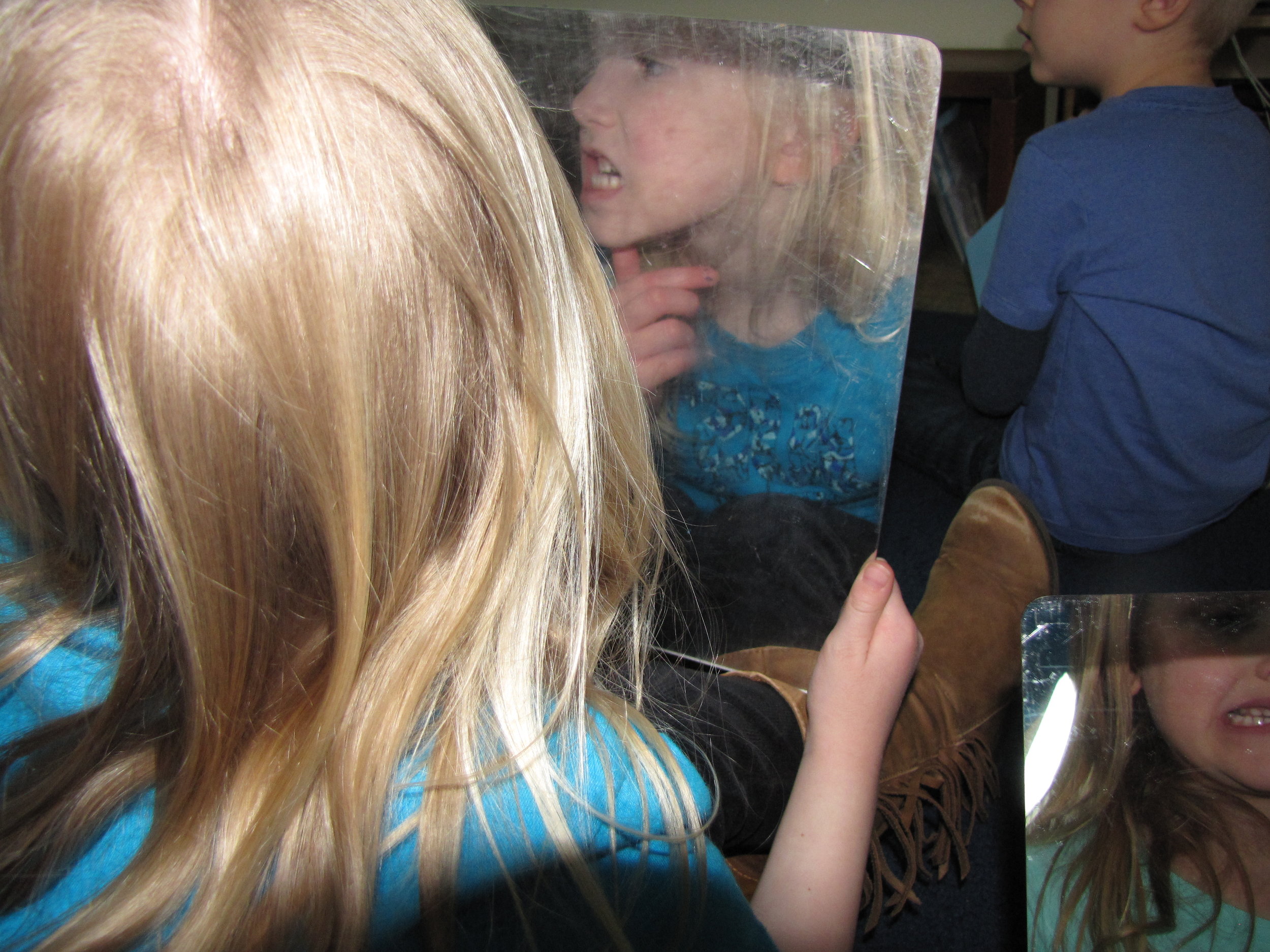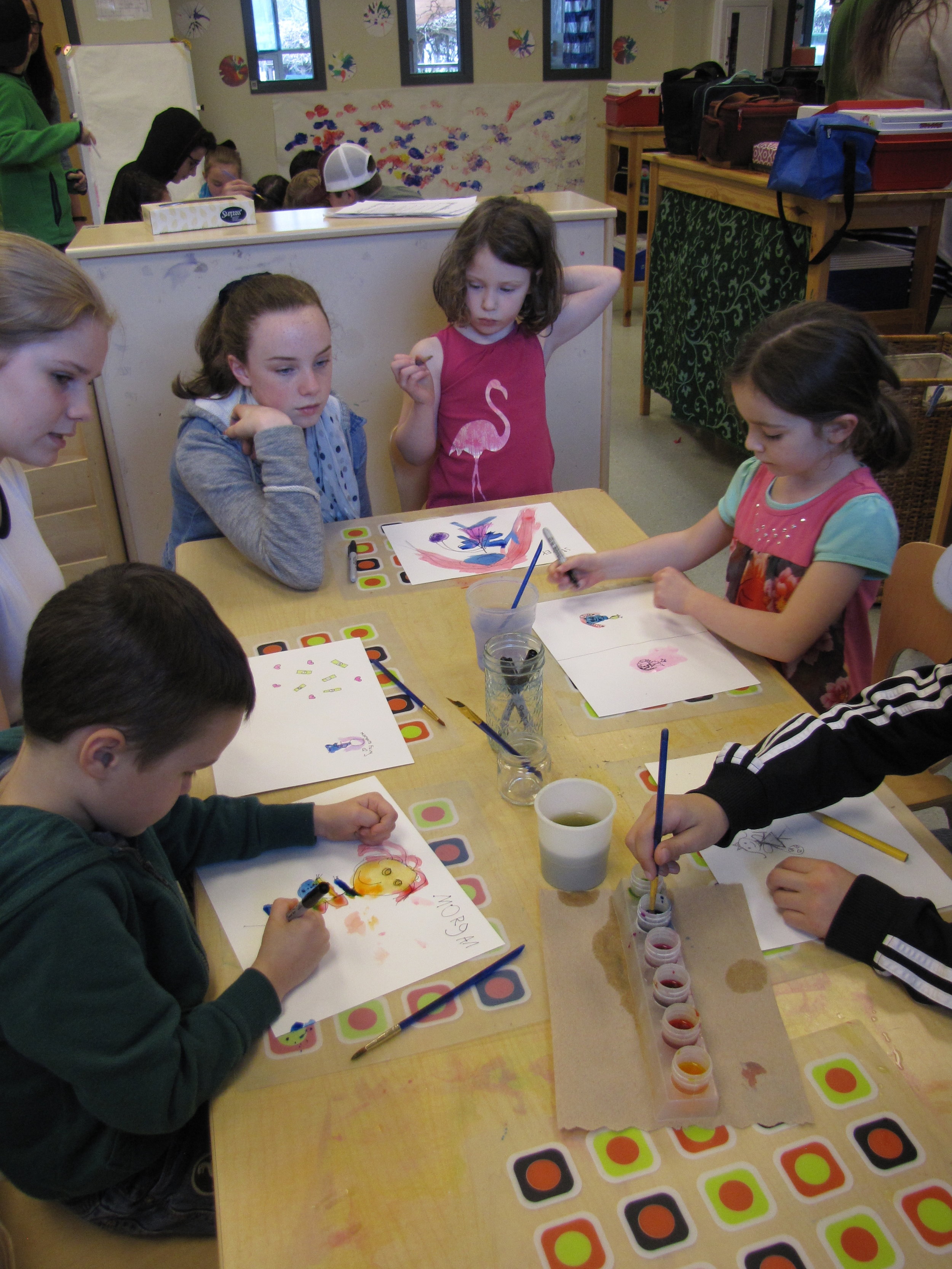Whales Explore The Body
/Whales spent the last two weeks learning more about their bodies. We were lucky enough to have visits from some parent-teachers who are true experts in human anatomy. We started our unit with a visit from Ali Shapiro, a nurse practitioner and Whale mom. Ms. Ali taught us about the skeletal system. She brought two skeletons for us to investigate, and we spent time talking about what various bones do to help support and protect our bodies.
With so many Whales losing their teeth, it made sense to look more closely at the structure of our teeth, and dental care. Dr. Mario Pedroza and Ms. Barrie paid us a visit and talked to us about how to properly brush our teeth (and gums!), what foods are good for our teeth, and how often we ought to brush. Later in the week we performed a science experiment, hypothesizing what might happen to the shells of eggs left in various liquids overnight. Whales learned that the shells of eggs are a lot like the enamel of our teeth, and we observed that eggs sitting in soda and apple juice became weaker and discolored, while the eggs sitting in water stayed strong and white. We learned about some of the differences between human and animal teeth and discovered that (just like the beaks of birds) the shape and structure of our teeth help us to eat the food we need to survive. No study of teeth would be complete without the Tooth Fairy, so Ms. Julie set up a magical storytelling table where we could tell the story of lost teeth. When our Kestrel buddies came to visit, we wrote a letter to the Tooth Fairy and painted a picture of what she might look like.
At the end of the week, we were lucky enough to tour Pacific's College of Optometry with Dr. Horn (a Whale dad who happens to be the Associate Dean of Academic Programs in the College of Optometry). Whales got to visit the lab, as well as the Sports Vision Clinic. We learned about parts of the eye (iris, pupil, cornea, lens and optic nerve). Dr. Horn talked about rods and cones; the photoreceptors in the eye that allow us to see, and the way that the optic nerve sends messages to the brain about what we see. He showed us some nifty optical illusions that played tricks on our eyes and brains. We feel like eye experts now!
To finish our unit on the body, we had Aaron Frye (a physical therapist and Whale dad) give us a lesson on the muscular system. Mr. Aaron answered our questions about how muscles work, how they are attached to our bones and how many muscles we have in our body. We learned what the biggest and smallest muscles in our body are, and we practiced some exercises to help strengthen our muscles. We are so lucky to be able to learn with the help of our larger Whale community!
